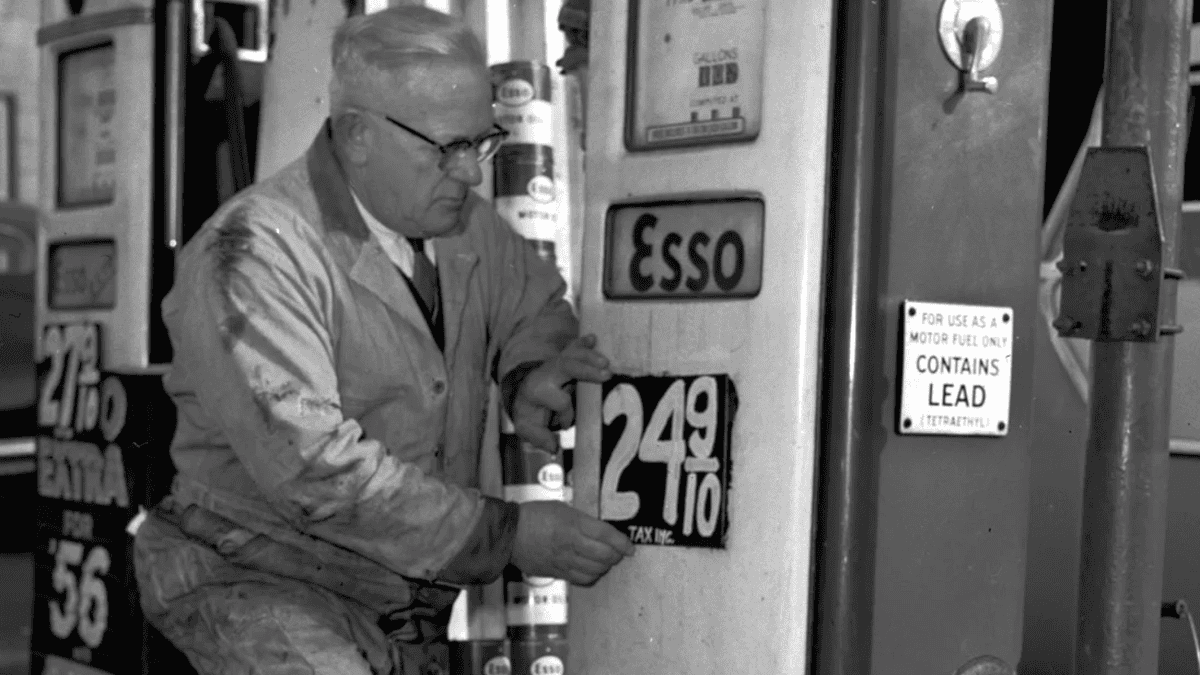The federal minimum wage for tipped workers has stood at US$2.13 an hour since 1991. Back then, it amounted to half the $4.25 regular minimum wage. But Congress has failed to increase the tipped minimum while periodically raising the regular wage floor. Today, the tipped rate is less than one-third of the $7.25 federal full minimum wage.
As of October 2024, 30 states and Washington, D.C., had instituted their own, higher, regular minimum wages. The number of states taking this step keeps rising in part because Congress hasn’t raised the federal minimum wage since 2009. Over the years, many states have also adopted higher wages for tipped workers. Seven states have no tipped minimum wage at all, which means that employers must pay at least the state-mandated minimum wage to all workers, including those who earn tips.
If Massachusetts voters approve a ballot initiative on Nov. 5, 2024, their state will gradually raise the state’s tipped minimum wage until it matches the state minimum wage. That is, it will rise from $6.75 to $15 per hour by 2029.
Massachusetts would be joining eight states that require—or are on their way to requiring–the full minimum wage for tipped workers: Alaska, California, Minnesota, Montana, Nevada, Oregon, Washington and Michigan. Two major cities, Chicago and Washington, D.C., have similar measures on their books, too.
To inform the debate about tipped wages, we—a labor economist and a sociologist—analyzed the potential impacts of implementing a full minimum wage for workers, businesses and consumers in Massachusetts. We found more evidence of potential upsides than downsides.
Tipped minimum earners’ demographics
For our study, we analyzed labor market data from the Bureau of Labor Statistics. We found that tipped workers are largely waiters, bartenders, hosts and bussers employed in bars and restaurants. They tend to earn low wages. Most are women, and they are disproportionately people of color.
In Massachusetts, tipped workers typically earn low pay: On average, they take home $20.30 per hour, including what they get in gratuities. That’s about two-thirds of the state average hourly pay of $31.50.







